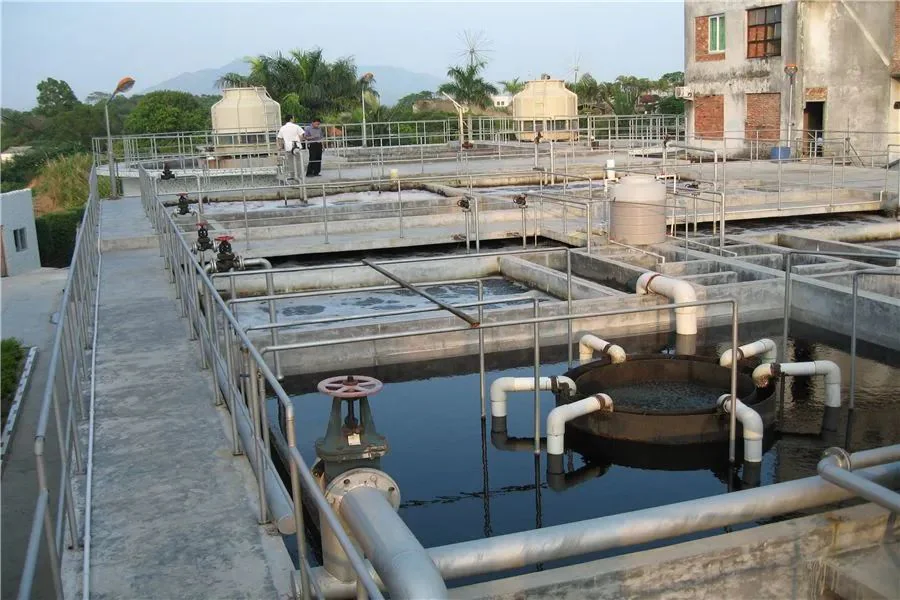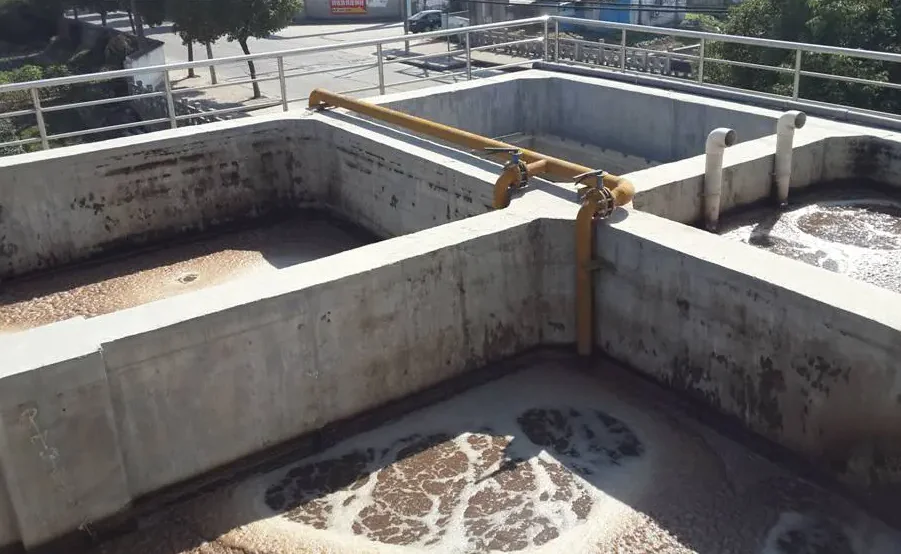In recent years, the global livestock and poultry industry has grown rapidly—bringing with it the challenge of treating high-strength wastewater.
Even after solid-liquid separation, many treatment plants still face:
- Excessive coagulant/flocculant costs
- Poor biological treatment performance
- Effluent quality not meeting discharge standards
👉 The root cause? Inadequate pretreatment, which leads to overuse of chemicals and system overload downstream.
⚠️ A Real Case: High Costs from Natural Sedimentation
A client we recently worked with was relying solely on natural sedimentation after coarse screening. As a result:
- Chemical usage during coagulation was very high
- Effluent failed to meet standards
- Overall operating cost and risk increased
This prompted us to optimize the pretreatment process from the source to cut chemical use and boost treatment efficiency.

🔄 Optimized Pretreatment Flow for Livestock Wastewater
Typical livestock wastewater contains feces, hair, and large amounts of suspended solids (SS). The pretreatment process should follow this flow:
🟢 Collection tank → Coarse screen → Fine screen → Solid-liquid separator
💡 Solid-liquid separation is critical. The efficiency at this stage directly affects:
- Chemical demand during coagulation
- Loading on biological treatment systems
⚗️ Improve Coagulation with Advanced Solid-Liquid Separation
Even after initial separation, the liquid still contains fine suspended solids. Direct coagulation here often requires high chemical doses.
We recommend pairing this stage with one of the following:
- Dissolved Air Flotation (DAF)
- Screw press (e.g., multi-disc screw dehydrator)
Both can greatly reduce SS content and lower chemical consumption.
🔍 Smart Chemical Selection = Lower Cost
▶️ In DAF Systems:
- PAC + CPAM (Cationic PAM) often outperforms PAC + Anionic PAM, giving better floc formation and clearer effluent.
▶️ In Screw Press Applications:
- Only Cationic PAM can be used
- Jar testing is essential to choose the best model for:
- Maximum floc strength
- Minimum dose
- Lowest sludge water content
✅ The result: lower cost + better separation efficiency

♻️ Recommended Biological Process Flow
Once coagulation is done, the clarified water enters:
Equalization tank → UASB (Anaerobic reactor) → Optional black membrane digester → Biological process (2-stage AO or A²O) → Secondary clarifier
At the end:
- Polish with flocculant before sludge dewatering
- Final effluent is disinfected
- ✅ Can meet discharge standards or be reused for agriculture
🔚 Final Thoughts: Pretreatment Is the Game-Changer
For high-strength livestock or slaughterhouse wastewater, effective pretreatment is the key to success.
🔧 With the right combination of:
- Screens and separators
- Advanced dewatering equipment
- Carefully selected coagulants/flocculants
You can cut chemical costs, reduce biological load, and stabilize system performance.
💬 Need help optimizing your livestock wastewater treatment line? Contact us for a customized chemical program and process design.
